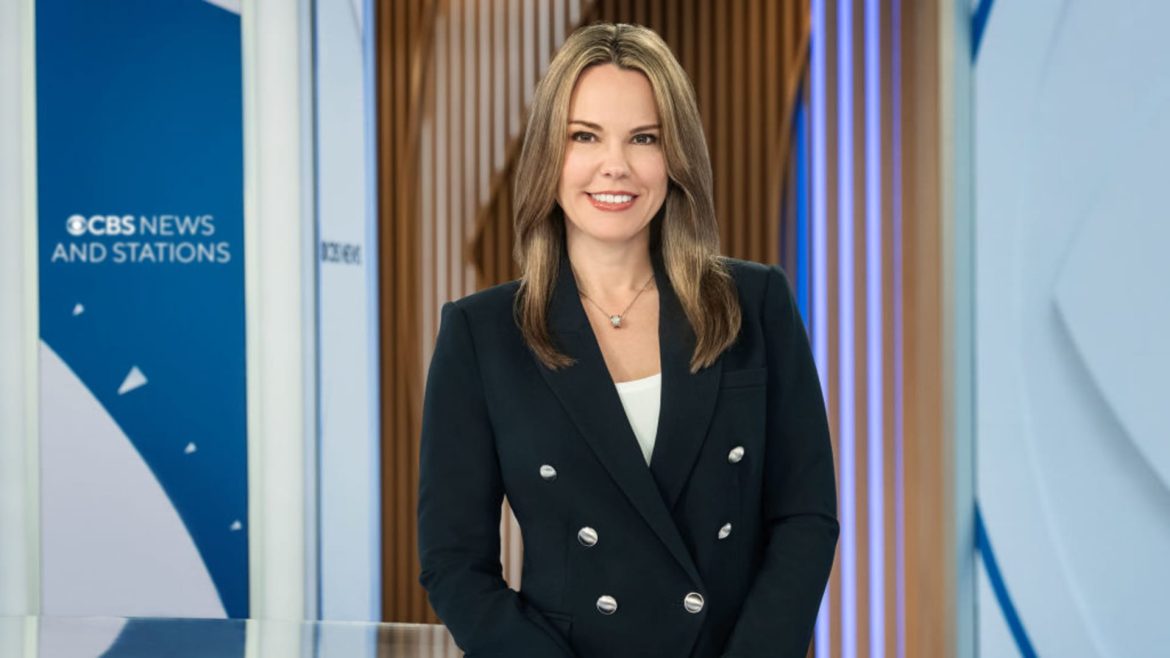The Departure of Wendy McMahon: A Deep Dive into CBS News Leadership Turmoil
The sudden resignation of Wendy McMahon, President and CEO of CBS News and Stations, marks a significant juncture in the network’s history. Her exit, amid escalating tensions between CBS News and its parent company Paramount Global, has sent ripples across the media landscape, spotlighting the intricate power dynamics, strategic disagreements, and legal entanglements that shape one of America’s flagship news organizations.
Contextualizing Wendy McMahon’s Role and Tenure
Wendy McMahon emerged as a transformative figure within CBS News and Stations, steering the unit through a period of intense industry change and internal restructuring. Appointed as the sole president and CEO after the departure of co-head Neeraj Khemlani in 2023, McMahon spearheaded efforts to modernize CBS News’ operations, pushing for new business models and formats aimed at increasing competitiveness in a fragmented media environment.
Yet her tenure was marked by persistent challenges: from controversies over editorial decisions to internal leadership friction, and a charged political atmosphere surrounding coverage of high-profile issues like the Israel-Palestine conflict. These factors set the stage for an increasingly fractious relationship with Paramount Global’s controlling shareholder, Shari Redstone.
The Paramount-McMahon Divide: Power Struggles and Strategic Discord
The most immediate catalyst for McMahon’s departure lies in the intensifying battle of wills between CBS News leadership and Paramount’s top executives, especially Shari Redstone. Analysis of recent developments reveals several core points of contention:
McMahon reportedly resisted efforts by Paramount Global to settle a high-stakes $20 billion lawsuit filed by former President Donald Trump. This lawsuit stemmed from fallout over a “60 Minutes” interview and CBS’s broader handling of politically sensitive coverage. McMahon’s opposition to settlement contrasted sharply with the parent company’s apparent inclination to resolve the matter pragmatically, highlighting a fundamental clash over journalistic principles versus business expediency.
There was a growing divergence between McMahon’s vision of CBS News as an independent journalistic entity and Paramount’s operational strategies focused on consolidation, mergers (such as the pending Paramount-Skydance deal), and market-driven transformations. This rift not only complicated day-to-day management but also threatened the informational integrity and brand reputation of a historically respected news division.
The broader leadership shakeup coincides with a period of internal turmoil within CBS News, including high-profile departures (notably the exit of long-time “60 Minutes” producer Bill Owens), allegations of bias and exclusion among staff, and a sense among some employees that a “purge” was underway. McMahon’s leadership style and decisions appeared to both reflect and exacerbate these underlying organizational stresses.
Implications of McMahon’s Resignation
Wendy McMahon’s stepping down does not merely represent a personnel change; it signals a pivotal moment for CBS News’s future:
Impact on Journalistic Integrity and Editorial Direction
McMahon’s resistance to settling the Trump lawsuit underscores deep internal debate over editorial independence. Her departure may accelerate Paramount’s efforts to steer CBS News toward a more business-oriented model, potentially compromising journalistic values in favor of legal and financial pragmatism. This raises questions about how CBS News will balance credible investigative journalism with commercial pressures amid a contentious political and social environment.
Operational and Strategic Shifts
Paramount’s consolidation ambitions, notably the prospective merger with Skydance, suggest a future in which CBS News integrates more closely within a media conglomerate ecosystem. McMahon’s exit paves the way for leadership aligning fully behind Paramount’s vision, likely resulting in greater emphasis on synergies, cost efficiencies, and diversified content platforms. Such shifts may reshape the network’s programming and news delivery strategies.
Morale and Organizational Culture
The departure reflects fractures within CBS’s newsroom culture and management. As McMahon leaves “amid challenging months” and perceived internal purges, CBS News faces the task of rebuilding trust and coherence among its journalists and staff. Restoring stability will be critical to maintaining morale and sustaining high-quality news production during a turbulent transition.
Looking Forward: Navigating the New CBS News Landscape
CBS News finds itself at a crossroads post-McMahon, caught between the pressures of parent company demands, political controversy, and the imperative to uphold credible journalism. The ensuing leadership will have to reconcile these competing forces carefully.
Key challenges will include:
– Defining a clear editorial mission that respects journalistic standards while accommodating corporate governance realities.
– Managing the fallout from the Trump lawsuit with transparency and strategic foresight.
– Stabilizing newsroom culture amid staff departures and internal criticisms.
– Leveraging new business models and technological innovations without sacrificing content quality.
Conclusion: The End of an Era and the Uncertain Road Ahead
Wendy McMahon’s resignation as CBS News President and CEO encapsulates the complex entanglement of media leadership, corporate control, and political pressures in contemporary journalism. Her tenure, marked by bold initiatives and inevitable conflicts, highlights both the potential and vulnerability of a major news institution navigating change.
As Paramount Global reasserts its influence over CBS News, the network stands poised for significant transformation. Whether it can maintain its journalistic integrity and adapt successfully to the evolving media environment remains an open question—one that will shape not just CBS News’s trajectory, but also the broader landscape of American broadcast journalism.





